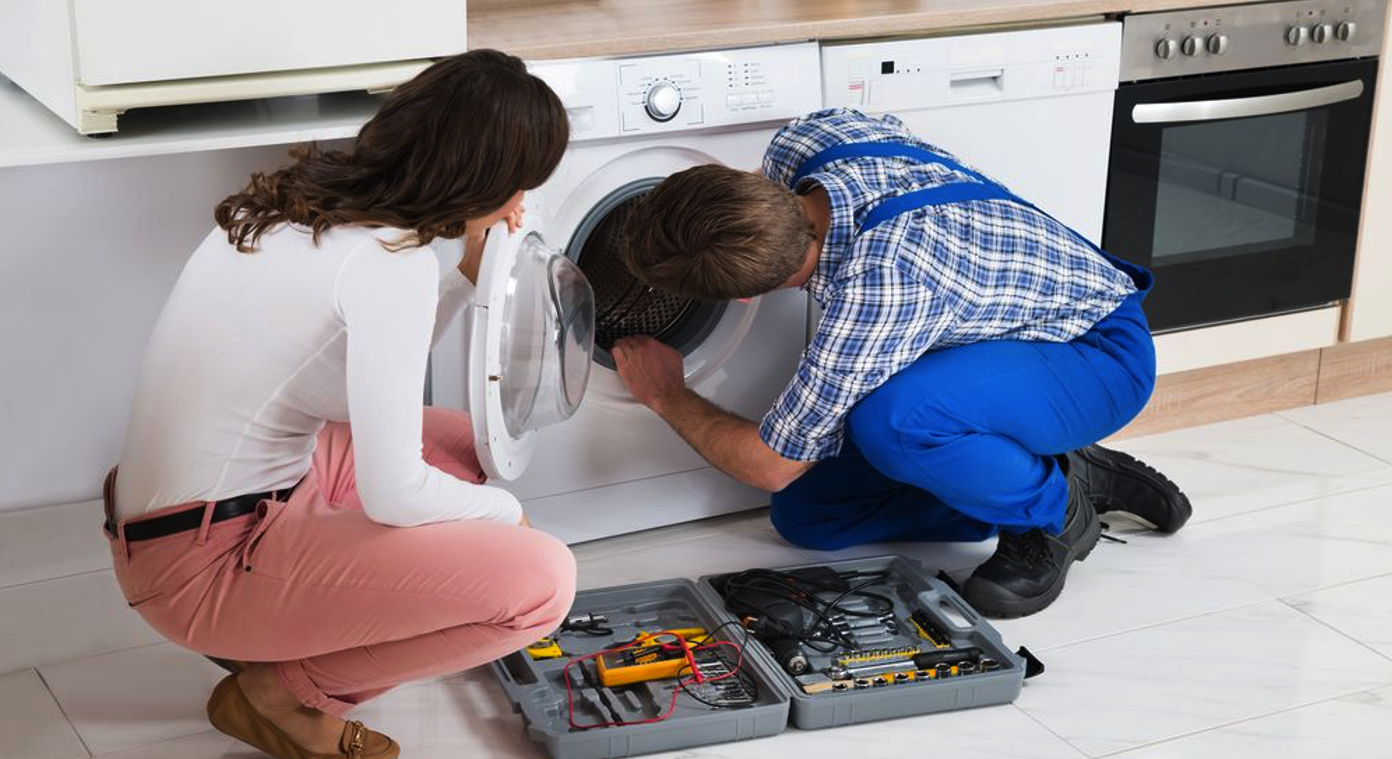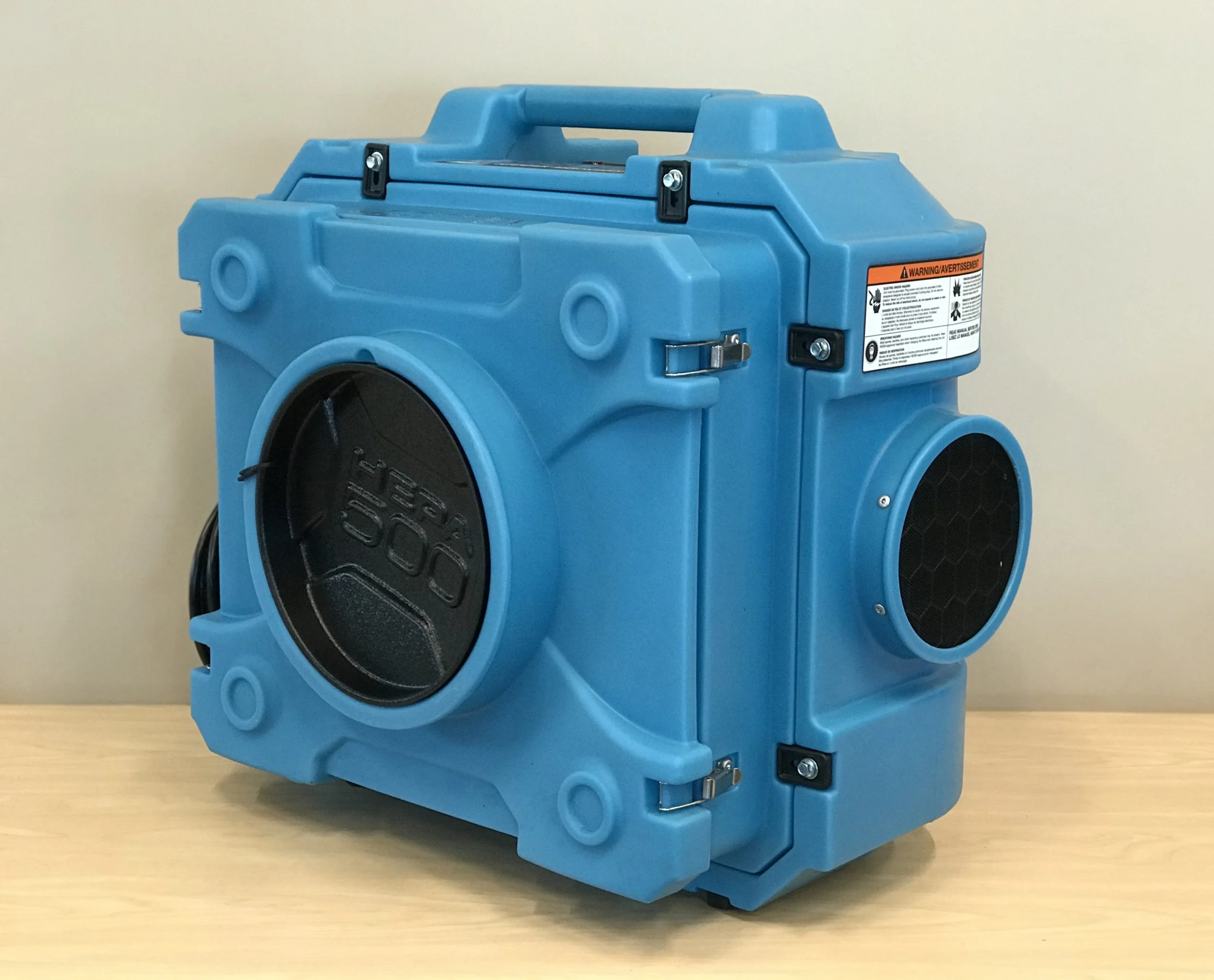Hiring a professional plumber can seem like a daunting task, especially when faced with an urgent plumbing issue. Whether it's a leaky faucet, a clogged drain, or a more serious plumbing emergency, finding the right plumber is crucial. This guide will walk you through the steps to hire a professional plumber, ensuring you make an informed decision and receive quality service.
Why Hiring a Professional Plumber Matters?
Before diving into the hiring process, it’s essential to understand why hiring a professional plumber is important. Professional plumbers bring expertise, experience, and specialized tools to handle a wide range of plumbing issues.
They are trained to diagnose problems accurately and provide long-term solutions, reducing the risk of recurring issues. Additionally, professional plumbers are insured, which means you are protected in case of accidents or damages during the job.
Step-by-Step Guide to Hiring a Professional Plumber
1. Identify Your Plumbing Needs
The first step in hiring a professional plumber is to identify your specific plumbing needs. Are you dealing with a minor issue like a dripping faucet, or do you have a more complex problem like a burst pipe? Knowing the nature and extent of the problem will help you communicate effectively with potential plumbers and determine who is best suited for the job.
2. Ask for Recommendations
Word of mouth is a powerful tool when it comes to finding reliable professionals. Ask friends, family, neighbors, or coworkers if they can recommend a good plumber. Personal recommendations are often trustworthy since they come from people you know and whose judgment you trust.
3. Research and Shortlist Plumbers
Once you have a list of potential plumbers, take the time to research each one. Look for plumbers who are licensed and insured. Check their websites for information about their services, experience, and credentials. Additionally, read online reviews on platforms like Google, Yelp, and the Better Business Bureau to get an idea of their reputation and customer satisfaction.
4. Verify Credentials
Ensuring that the plumber you hire is licensed and insured is crucial. A valid license indicates that the plumber has met the necessary training and standards required by your state or local authority. Insurance, on the other hand, protects you in case of accidents or damages during the job. Don’t hesitate to ask the plumber for proof of their credentials.
5. Ask About Experience
Experience matters when it comes to plumbing. Inquire about how long the plumber has been in business and whether they have experience handling the specific issue you are facing. An experienced plumber is likely to have encountered a variety of plumbing problems and will be better equipped to handle unexpected challenges.
6. Get Multiple Quotes
It’s a good practice to get quotes from at least three different plumbers. This will give you an idea of the average cost for your plumbing issue and help you identify any unusually high or low estimates. Be sure to provide each plumber with the same information so that the quotes are comparable.
Remember, the cheapest option is not always the best. Consider the plumber’s experience, reputation, and the quality of materials they use.
7. Ask About Guarantees and Warranties
A reputable plumber should stand behind their work. Ask about any guarantees or warranties they offer on their services and parts. A warranty indicates that the plumber is confident in the quality of their work and is willing to address any issues that may arise after the job is completed.
8. Check Availability
Plumbing problems often require prompt attention. Ask about the plumber’s availability and response time, especially if you are dealing with an emergency. A reliable plumber should be able to provide timely service and have provisions for handling urgent situations.
9. Discuss Payment Terms
Before hiring a plumber, discuss the payment terms and ensure you understand the cost structure. Some plumbers charge an hourly rate, while others offer flat-rate pricing for specific services. Clarify any additional charges for materials, travel, or after-hours service. It’s also a good idea to agree on a payment schedule, especially for larger projects.
10. Communicate Clearly
Clear communication is key to a successful working relationship with your plumber. Be upfront about your expectations and any specific requirements you may have. A professional plumber should be willing to answer your questions, explain the scope of work, and keep you informed throughout the process.
How to Hire a Professional Plumber on a Website or Online App?
In this online era, professional plumbers make their own websites from skilled app development teams so that customers can easily find them online.
1. Choose Reputable Platforms
● Select Reliable Platforms: Use well-known sites like HomeAdvisor, Thumbtack, or Angie's List.
● Verification: Ensure the platform requires service providers to undergo background checks and verify their credentials.
2. Use Search Filters
● Refine Your Search: Use filters to narrow options based on service type, budget, or specialization.
● Specific Needs: Ensure the platform supports your specific requirements, such as emergency services or specific plumbing tasks.
3. Read Reviews and Ratings
● Customer Feedback: Look for consistently high ratings and positive feedback.
● Quality Insights: Reviews provide insights into the plumber's punctuality, quality of work, and customer service.
4. Check Profiles for Credentials
● Verify Licenses and Insurance: Ensure the plumber has a valid license and insurance, often listed in their profiles.
● Experience and Expertise: Review their experience and areas of specialization.
5. Request Detailed Quotes
● Itemized Estimates: Request quotes that include labor, materials, and any additional fees.
● Compare Quotes: Evaluate the quotes to find the best balance between cost and quality.
6. Inquire About Warranties
● Guarantees: Ask about warranties on both labor and materials.
● Reliability: A trustworthy plumber will provide warranties, standing by their services.
7. Evaluate Professionalism
● Initial Interactions: Assess their response time and communication skills.
● Professional Conduct: A good plumber should be responsive, polite, and willing to answer questions thoroughly.
8. Look for Professional Affiliations
● Industry Memberships: Check for affiliations with organizations like the Plumbing-Heating-Cooling Contractors Association (PHCC).
● Commitment to Standards: Such affiliations indicate a commitment to ongoing education and adherence to industry standards.
9. Check Platform Support
● Customer Service: Ensure the platform offers support and dispute resolution mechanisms. For example, a real support team discusses your concern. Avoid custom AI chatbot for genuine issues.
● Recourse for Issues: Reputable platforms often have teams to help address problems during or after the service.
By following these steps, you can confidently hire a professional plumber through a website or online app, ensuring your plumbing issues are addressed efficiently and effectively.
Red Flags to Watch Out For
While most plumbers are honest professionals, it’s important to be aware of potential red flags that may indicate an unreliable or unqualified plumber:
● Lack of Credentials: Avoid plumbers who cannot provide proof of their license and insurance.
● Unclear Estimates: Be wary of plumbers who provide vague or incomplete estimates.
● High-Pressure Sales Tactics: A reputable plumber will not pressure you into making immediate decisions or agreeing to unnecessary repairs.
● Negative Reviews: Pay attention to consistent complaints in online reviews, especially regarding punctuality, professionalism, and quality of work.
Conclusion
Hiring a professional plumber doesn’t have to be a stressful experience. By following these steps, you can find a qualified and reliable plumber who meets your needs and provides quality service. Remember to take your time, do your research, and ask the right questions to ensure you make an informed decision. A little effort upfront can save you time, money, and headaches in the long run, ensuring your plumbing issues are resolved effectively and efficiently.










